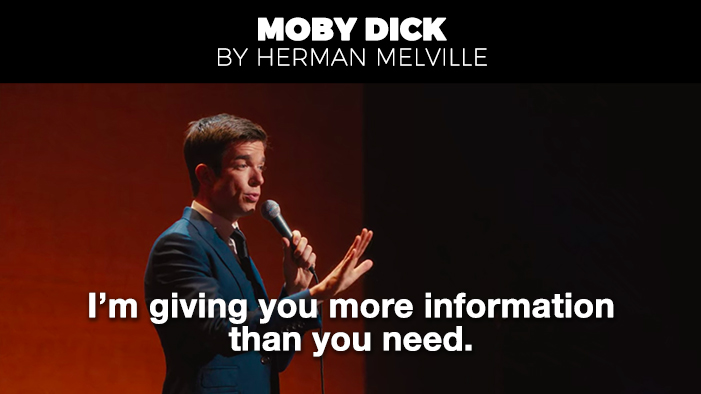For some reason I thought that if it settled there, on that leaf, the broad one with the red flower in the middle of it, if the dragonfly settled on the leaf she would say “Yes” at once.
Simon recalls an incident from fifteen years earlier, apparently before his relationship with Eleanor began. He was in a relationship with Lily and eagerly desired to marry her, and his recollections of his marriage proposal are bittersweet and detailed. This quote reveals something important about the character of Simon. His thinking suggests that he is a romantic at heart, at the time seeking signs and symbols to help him understand whether his love will be fulfilled, although little indicates that he is superstitious. Instead, as would be true of an authentic romantic, he connects the natural sights and symbols around him with the emotions and actions of the scene. He recalls that a dragonfly symbolized his love, unsettled and unstable, searching for a place to land and rest. As he tried to make his relationship permanent, this dragonfly mirrored his efforts. The leaf and the red flower symbolize that permanence in passion and love for which he longs, revealing that he views the natural world in a romantic way, connecting it to emotion and human experience.
He was talking about spirits—the spirits of the dead.
Woolf, recognized for transforming the ordinary into the extraordinary, takes readers by surprise in this part of the story, immediately after detailing Simon and Eleanor. After their relatively routine discussion of the past, she introduces a character captivated, if not obsessed, by something entirely unconventional: conversations with the deceased. This shift from the ordinary to the mysterious might be considered Woolf’s way of blending the rules by conflating genres, adding a touch of the gothic to the story to explore additional aspects of human nature and experience. The old man’s interest in superstitious rituals and beliefs associated with the dead also creates a sense of mystery, hooking readers’ interest by creating a not-so-subtle indictment of the conditions that may have led to his insanity. Not only does he apparently grieve a lost love, “the most beautiful young woman in Europe,” but he suffers grief over the tragedy of the time, “with this war, the spirit matter is rolling between the hills like thunder.” He has become obsessed with ending that grief by offering widows opportunities to talk with the dead. He is mad, but his madness is not without relevance.
But William caught him by the sleeve and touched a flower with the tip of his walking–stick in order to divert the old man’s attention.
William, the younger man who accompanies the elderly eccentric in the story, is described as a stoic individual who barely talks. Although he occasionally tries to speak, what he might say or intends to say is never revealed. Who he is, what his relationship to the elderly man may be, and almost everything else about him is revealed primarily through the few actions Woolf describes. At this point in the narrative, the elderly man noticed a woman wearing a purple or black dress and rushed toward her. William catches his sleeve and distracts him. This simple gesture indicates that William knows the elderly man well; he knows the man’s intentions, understands the reasons for his behavior, and understands what is needed to prevent unacceptable behavior. William does not say a word nor try to reason with the man, although his concern is clear. Catching his sleeve and drawing his attention to a flower indicates concerned attention, a willingness to maintain boundaries for behavior, and demonstrates a deep acceptance of the man’s condition.
After they had scrutinised the old man's back in silence for a moment and given each other a queer, sly look, they went on energetically piecing together their very complicated dialogue:
"Nell, Bert, Lot, Cess, Phil, Pa, he says, I says, she says, I says, I says, I says——"
"My Bert, Sis, Bill, Grandad, the old man, sugar,
Sugar, flour, kippers, greens,
Sugar, sugar, sugar."
Woolf’s description of the “two elderly women of the lower middle class” is both distinct in its approach and in its absence of detail, differing from the approach she takes with other characters in the story. Woolf notes the women’s interest in the eccentric appearance of the elderly man, and she reveals that they speak “energetically” together, but she reveals so little of their dialogue that it is impossible to infer the specifics of their story. If there is a story to be found in their relationship, it is obscured within a vague, almost metatextual summary of their words, a series of “he said” and “she saids” in isolation. Snippets from the conversations of Woolf’s other characters in “Kew Gardens” reveal aspects of their lives, from lost loves to struggles to understand each other, but here the snippets suggest only gossip and tale-telling. They reveal little to nothing about the lives of the women themselves. The story revealed by the two women as they pass is simply that they are exchanging stories as they walk, telling each other of conversations with characters offstage, reporting on life and dramas that readers cannot and will never know.


 payment page
payment page



